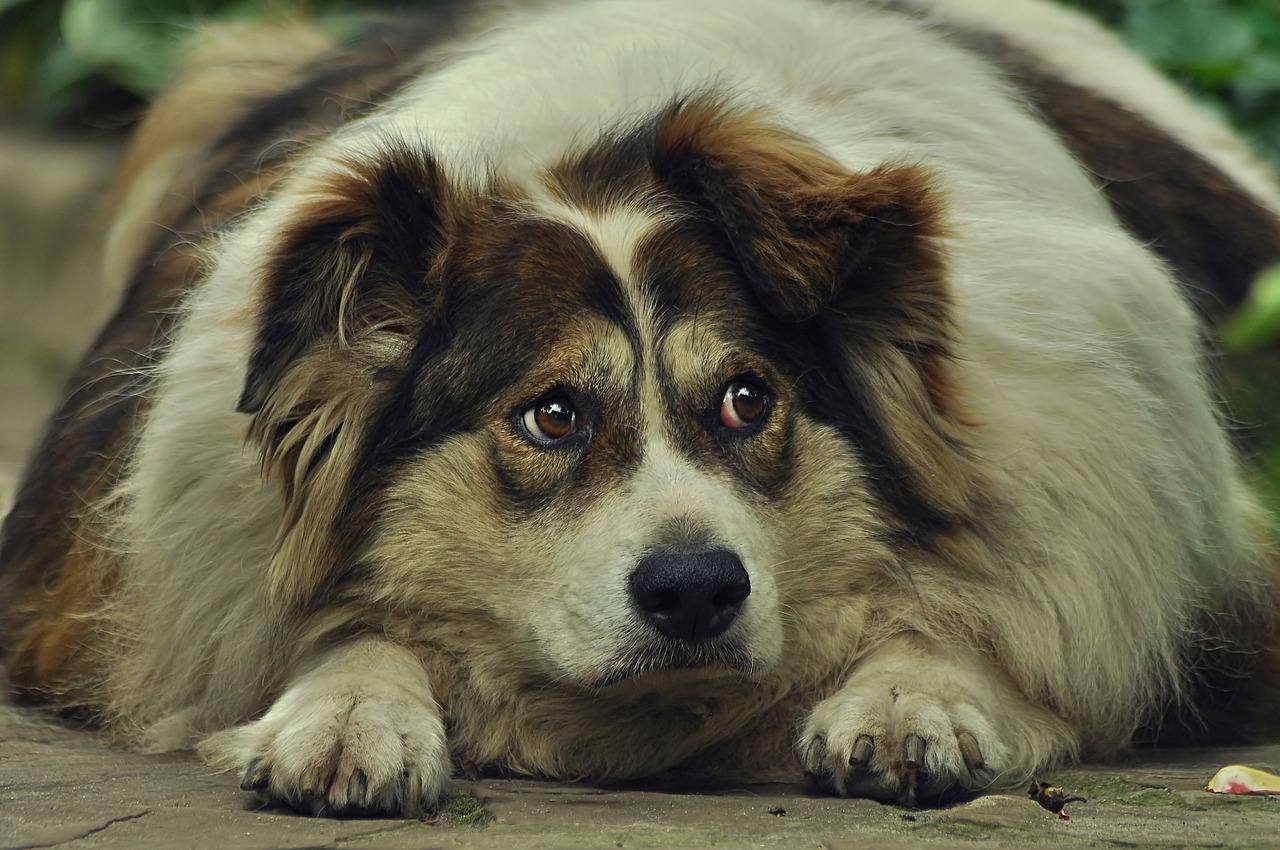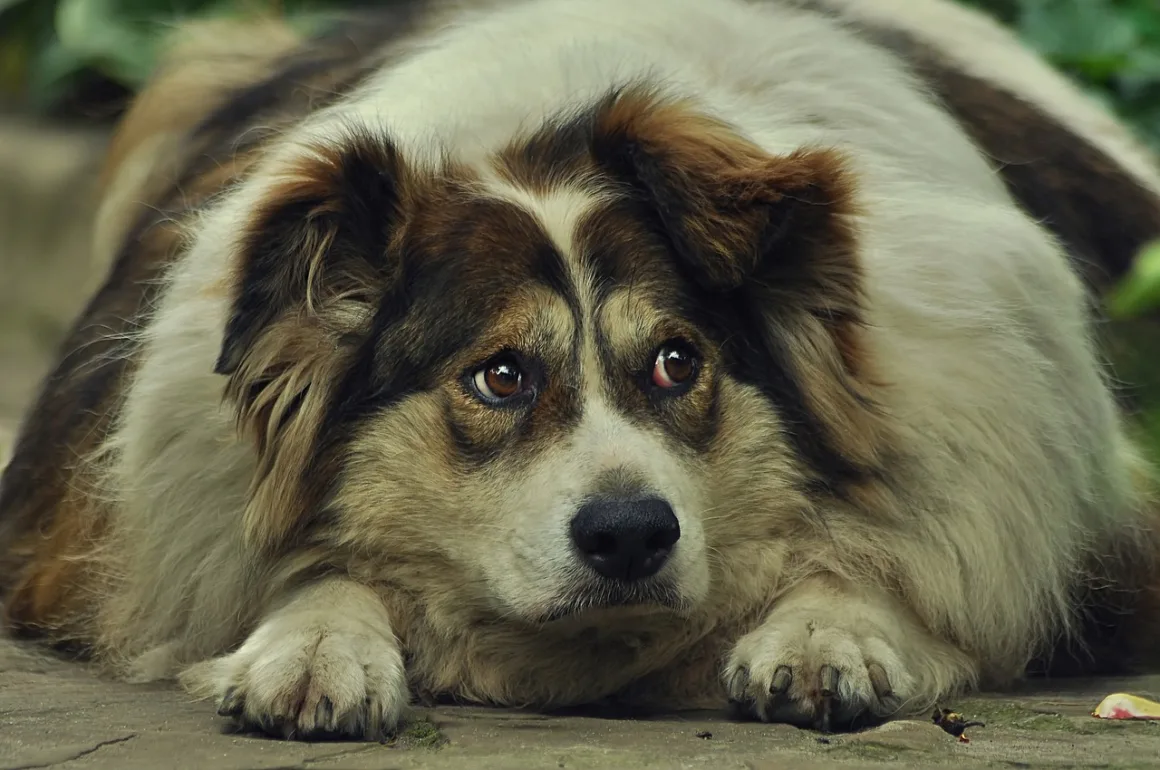Obesity in Dogs is a common issue for modern breeds. Although there are many reasons for your dog’s obesity issues, the primary cause is an imbalance between energy intake and usage.

Additionally, according to experienced dog health experts such as those from Ridgeside K9 Ohio, obesity in dogs comes with many health risks you should keep an eye on. Some of those risks include:
Arthritis
Because extra weight puts extra pressure on your dog’s joints, obesity causes arthritis by the effects of fat cells actively secreting hormones that lead to inflammation. When this happens, obese fat cells trigger a hormone called leptin, which inflames and infiltrates your dog’s joints, causing the inability to use such joints properly.
The same hormone also influences bone changes which mostly include weakness and inability to perform correctly. You’ll quickly identify arthritis, especially one caused by obesity, when your dog starts limping regardless of the surface it’s walking on.
Also, another sign of arthritis caused by obesity is discomfort. You’ll notice your dog’s inability to charge up and perform tasks swiftly like before.
At the same time, discomfort and muscle inabilities might lead your dog to start urinating or defecating out of the litter box, especially when pain is extreme for the pet to handle calls of nature appropriately.
Read Also:
ALC {Anterior Cruciate Ligament} Infection
Besides putting extra pressure on joints, obesity in dogs also strains and puts extra pressure on the dog’s ligaments, particularly the anterior cruciate. Like humans, your dog has double cruciate ligaments on its knees.
These ligaments contain fibrous bands of tissues attached to essential bones and muscles of the dog legs known as femur and tibia. These muscles stabilize your dog’s knees for proper standing and walking abilities.
When obese, your dog’s knee abilities deteriorate because of extra weight and pressure on the anterior cruciate ligament and the tibia and femur muscles.
Heart and Breathing Problems
Like humans, your overweight dog is prone to collapse caused by laryngeal and tracheal paralysis. These are effects of obstructed airways that otherwise help your dog’s proper blood and breathing systems.
Usually, breathing and heart issues occur because obese fat cells in your dog’s internal systems, especially those deposited in the chest and around airways, restrict breathing.
The same fat cells increase the dog’s blood pressure by increasing blood pumping within the lungs and the heart. When this happens, your dog suffers hypertension leading to heart and breathing issues.
Anesthesia Risks
Because being overweight causes lung and heart problems, these organs’ improper functionality also reduces the dog’s ability to respond to pain-relieving medication, including anesthesia. The same happens because your dog won’t expand its chest, which diminishes the ability to go into a deep sleep when injected with anesthetic drugs.
Tumors and Cancers
Because obesity increases fat cells in your dog’s metabolic systems, specific cells causing cancer and tumors known as lipomas also increase. At the same time, being overweight is linked to improving the effectiveness of over thirteen cancers in humans; fat cells promote your dog’s insulin and growth factors which cause inflammation, thus increasing the chances of developing tumors.
Skin Diseases
Besides causing cancers and other diseases, being overweight in your dog also leads to skin infections. This happens because the extra weight adds extra pressure, which folds your dog’s skin. Fat also causes skin irritation due to a lack of elasticity.
On top of that, an overweight skin folding problem increases the dog’s skin’s ability to house bacteria and other harmful organisms due to uncleanness, regardless of the number of times the dog bathes. When this happens, the odds of skin infections automatically increase.
Moreover, being overweight affects your dog’s skin by making it hard to groom, leading to an unhealthy-looking coat.
How to Prevent Obesity in Dogs and Curb Its Risks
While there are many ways and suggestions on helping your dog avoid being obese or reduce weight when already obese, some of the expert guidelines to consider include:
Feeding Your Dog Increased Proteins and Micronutrient Diets
Unlike other foods, a considerable amount of proteins and micronutrients helps your dog avoid nutritional deficiencies, thus preserving lean tissue mass when you restrict food, especially those adding weight.
These diets also minimize hunger which reduces your dog’s behavior of begging for food or extra meals when served. Feeding the pet on micronutrients and increased proteins also increases satiety while reducing voluntary food intake abilities.
Increase Physical Activities
Like in humans, increased physical activities in dogs help improve the dog’s total body energy expenditure. Increased energy expenditure balances the dog’s energy, thus reducing extra calories that bring about extra weight.
Physical activities also decrease fats, especially in areas prone to obesity in dogs, including waists and upper body parts. When this happens, the dog’s body slows down its abdominal and upper body calorie organ intake, balancing energy and weight.










